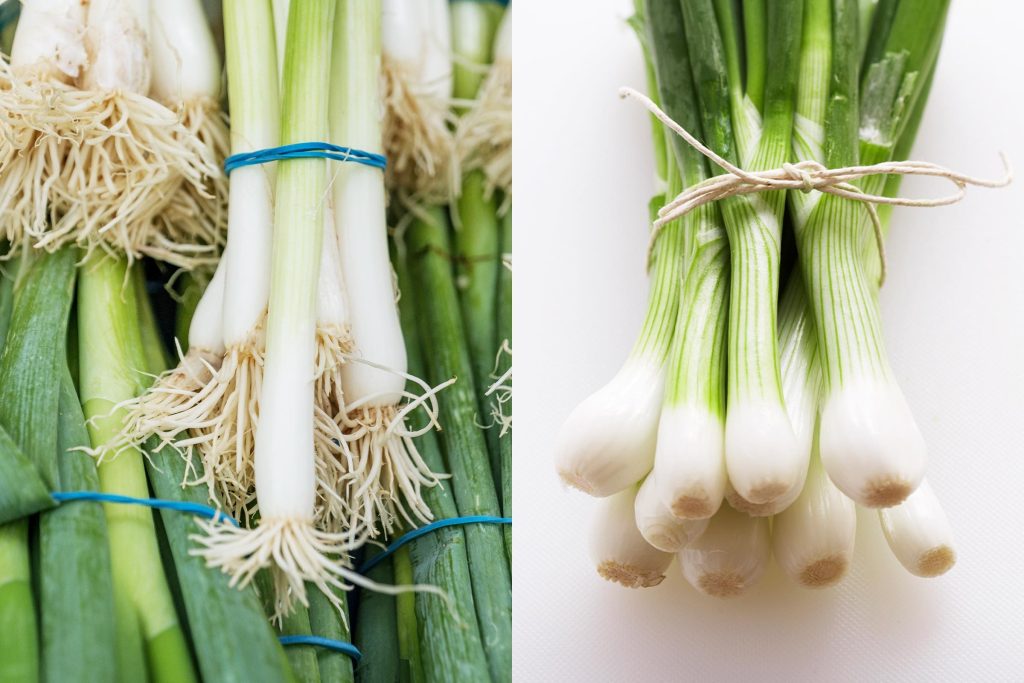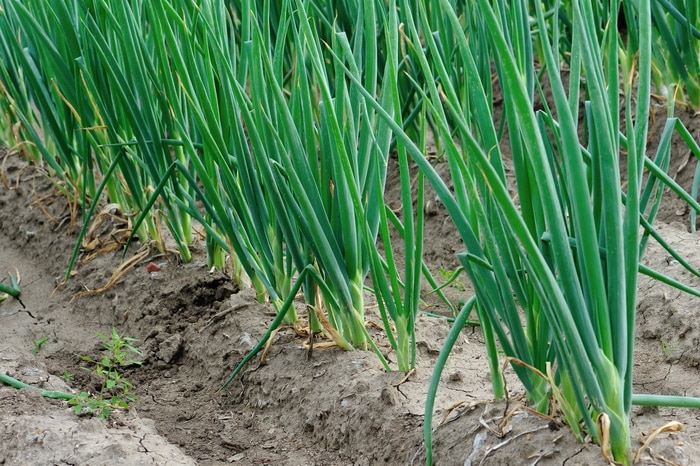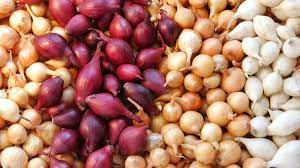Comprehensive Guide to Onion Farming in Kenya: Insights and Tips from Onion Doctor
Are you in need of in-depth knowledge on onion and garlic production? If yes, we are a call away. Contact us for: Onion seedlings, Garlic seedlings, Germinated garlic cloves, Farm planning services, Soil testing, training on onion and garlic growing, Drip irrigation installation and maintenance, Agronomic support, Onion and Garlic value pack and Farm management. For free consultation, placing orders or booking a visit with an agronomist, please contact us via Call or what’s app +254703982228, Email: Info@oniondoctor.co.ke. You can also check out our social media handles for daily updates on TikTok: https://www.tiktok.com/@oniondoctorke?_t=ZM-8wmsTu0qumO&_r=1 Instagram: https://www.instagram.com/oniondoctorke?igsh=MTVoaHF3aWUydTJzaQ==Facebook:https://www.facebook.com/share/16SwgYn2dG/ Youtube:https://youtube.com/@oniondoctorke?si=u5Jnd-r0qU9UDYqL and Twitter: https://x.com/OnionDoctorKe?t=FR3JXlS_oN1vjjUgAtfyzg&s=09 In Kenya, the main types of onions farmed are bulb onions and spring onions, each with distinct characteristics, cultivation needs, and market advantages. With expert guidance from Onion Doctor, farmers can optimize their yields and tap into the profitable onion market. Types of Onions in Kenya Onion Farming Requirements For successful onion farming in Kenya, onions should be grown in fertile, sandy loam soil with good drainage and a pH of 5.8 to 6.8. Throughout the year, Onion Doctor offers quality seedlings, soil testing, and other support services for Kenyan farmers. Key farming requirements: Popular onion seed varieties in Kenya include: How to Plant Onions: Steps from Nursery to Transplanting To maximize your yield, Onion Doctor recommends starting onions in a nursery bed. Here’s how: In the field, onions grow best in raised beds or rows, spaced 5 inches apart and 12-17 inches between rows. Ensure the soil remains loose for optimal bulb growth. Challenges in Onion Farming and How to Overcome Them Harvesting Onions: Timing for Maximum Profit Harvesting onions during the dry season is ideal to prevent rotting. Keep a calendar to track the best harvesting time: Pull the onions, trim leaves, and sun-dry them before storage. How Onion Doctor Supports Farmers in Kenya As the go-to resource for smallholder farmers, Onion Doctor offers:



